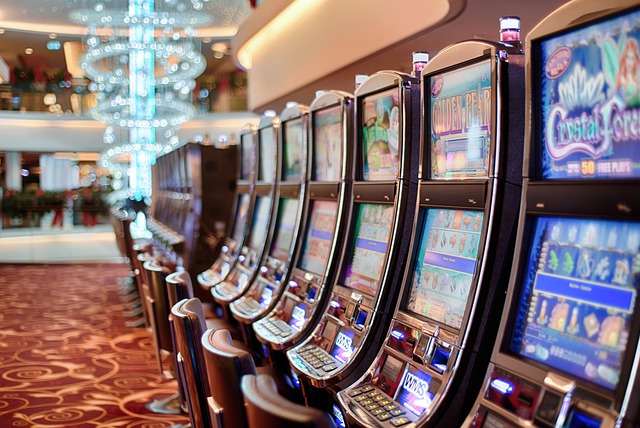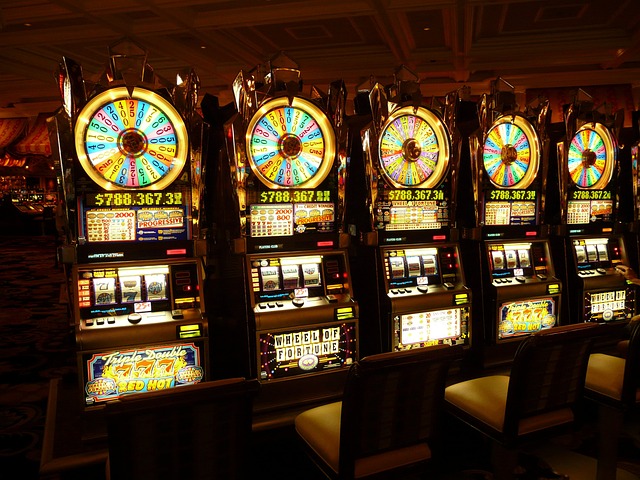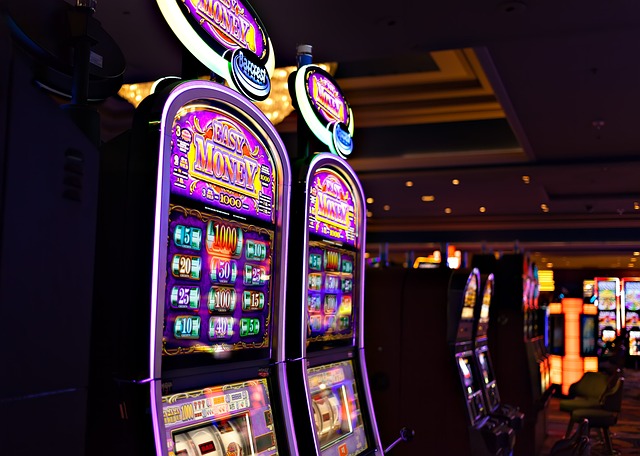Virtual Reality (VR) slots have moved beyond basic reels into fully immersive environments. One of the standout features in this evolution is the 3D bonus room—an interactive space where players complete challenges, collect rewards, or unlock features in a mini-game format.
These rooms aim to add depth to gameplay and leverage VR’s immersive capabilities. But for some players, they risk disrupting flow, slowing down play, or even becoming frustrating distractions. So are they a leap forward, or a step too far?
Understanding how 3D bonus rooms work and how they impact player experience is key to answering that.
What Are 3D Bonus Rooms?
A 3D bonus room is an interactive VR environment triggered by a bonus feature in a slot game. Instead of just spinning a wheel or clicking a button, players are transported into a themed space—like a haunted mansion, treasure cave, or alien planet—where they perform tasks to unlock prizes.
These rooms rely on motion controls, environmental interaction, and sometimes even puzzle-solving.
They can dramatically extend session time. But they also require more cognitive focus and motor coordination than standard slot mechanics.
Core Features
- Immersive Design: Often high-quality visuals and sound to fit the slot’s theme.
- Interactive Mechanics: Picking objects, aiming tools, solving simple tasks.
- Reward Structure: Bonus credits, free spins, multipliers, or story unlocks.
Engagement vs. Distraction: The Trade-Offs
3D bonus rooms can increase player excitement and immersion. But they can also disrupt rhythm, especially for players who prefer fast, repetitive gameplay.
Engagement Boosts:
Well-designed bonus rooms offer a novelty factor that can re-engage players who’ve grown bored with traditional spins. They also give developers room to expand narrative elements, which can boost long-term retention in themed games.
Potential Distractions:
Some players report that bonus rooms slow things down too much. Others find them too complex or tedious, especially when the rewards don’t match the effort. Poor design—confusing mechanics or overlong animations—can break immersion entirely.
Quick Pros and Cons List
Pros:
- Boosts novelty and immersion
- Encourages longer sessions
- Appeals to casual and themed gamers
Cons:
- Slows down gameplay flow
- May confuse or frustrate players
- Not always worth the time for rewards
Design Rules of Thumb

If you’re a developer or product lead, certain design guidelines can help you create bonus rooms that engage rather than annoy.
Keep It Optional
Bonus rooms should be skippable or offer an auto-complete option for players who want faster gameplay. Don’t force interaction on those who prefer simplicity.
Align Reward with Effort
The payout should feel proportionate to the task. A 2-minute interactive challenge that results in a small multiplier often feels like wasted time.
Keep Sessions Short
Bonus room segments should be tight—ideally under 90 seconds. Anything longer risks losing the player’s attention or disrupting gameplay flow.
Use Familiar Controls
VR motion controls vary by platform. Stick to common, intuitive interactions—grabbing, pointing, and simple aiming—to reduce friction.
Are They Worth It? A Practical Comparison
Let’s look at how traditional bonus rounds and 3D VR bonus rooms stack up in common categories.
| Feature | Traditional Bonus | 3D VR Bonus Room |
|---|---|---|
| Duration | 10–30 seconds | 60–120 seconds |
| Player Skill Needed | Minimal (click) | Moderate (motion/aim) |
| Visual Immersion | Basic animations | Fully immersive world |
| Reward Perceived Value | Consistent | Varied (based on effort) |
| Replay Appeal | Moderate | High (if well-designed) |
3D bonus rooms work best in narrative-driven or branded slots, where thematic immersion matters more than speed. For fast-grind or autoplay-heavy audiences, they may feel intrusive.
Best Use Cases and When to Avoid

Ideal For:
- Story-driven slots with themed worlds
- Social or adventure-based casinos
- High-immersion VR platforms (e.g. PCVR, PSVR)
Avoid If:
- Your players prefer fast, repeatable spins
- You’re targeting mobile VR or lightweight headsets
- The bonus mechanics slow down core gameplay
Player testing is essential. Use analytics and feedback loops to monitor session lengths, exit points, and room skip rates.
